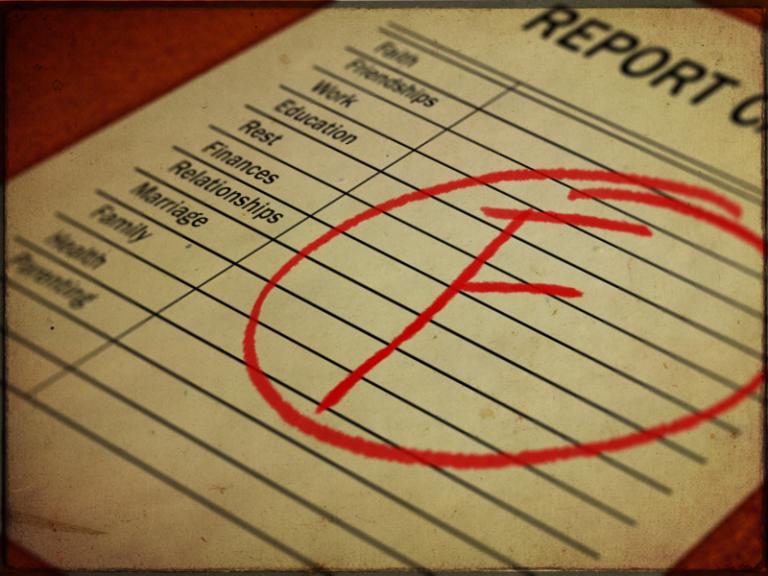Way back in 2017, I blogged about how some people were believing that Donald Trump is featured in Bible prophecy. Now it is being said that Trump is the second coming of Christ Himself.
This blasphemy is put forward by a South African immigrant turned End Times expositor named Helgard Müller in a book entitled President Donald J. Trump, The Son of Man – The Christ. The author argues that the Son of God and the Son of Man are two different persons. Jesus is the Son of God, but Trump is the Son of Man, who will come to rule the world.
I’ll let the author explain his argument. What follows is the editorial description from Amazon.com, which Müller evidently wrote himself. (I am not going to link to the book at that site. When readers buy a book on Amazon that I link to, I get a small commission, but I fear profiting even a few cents from this book, lest I incur God’s wrath.) The paragraphing is mine:
During the presidency of President Donald Trump, it became evident to me that the prophecies about the Son of Man, as predicted by Jesus in the Bible were, to a significant extent, fulfilled at the hands of Mr Trump.
The Bible speaks about two different Christs-or Messiahs. Jesus, the Son of God is the one Christ, whereas the Son of Man is the other. Jesus always referred to the Son of Man in the third person. The greatest distinction or significance between the Son of Man and the Son of God (the Lamb) is their respective positions at the throne of God. There are numerous differences between the Son of God and the Son of Man, but overall, people read these scriptures and they do not realize that the Son of God (the Lamb) stands in front of the throne of God, whereas the Son of Man, is positioned on the right hand of God.
Jesus spoke about two different killings in the four gospels of the New Testament. People read these scriptures and are unaware that Jesus (the Son of God) predicted his own killing in the first person, as opposed to the several prophecies that He made in respects to the Son of Man who will be crucified.
The New Testament speaks about “two Kings;” Jesus, the Son of God, is the “King of the Jews,” whereas the Son of Man is the “King of Kings” who will be a world-ruler, and He will rule all the nations (the tribes) of the earth with a rod of iron.
This book will explain in depth how “Donald John Trump’s” full name literally means: “The Ruler of the World, graced by Yahweh (the LORD) and a descendant of a Drummer.” Upon reading this book, the reader will be captivated when they realize how President Donald John Trump fulfilled most of the prophecies as the Son of Man. It speaks about End Time Prophecies and Biblical revelations regarding “President Donald J. Trump, the Son of Man. The Christ.”
Using the “Look Inside!” feature on Amazon, we can read the Introduction, which begins, “President Donald J. Trump is the King of Kings and Lord of Lords! The Son of Man who will be seated at God’s right hand and coming on the clouds of Heaven!” You can also read the first chapter and see the titles of the 41 chapters, which give you an idea about where the author goes with this.
You can read more about this book and its contents from this review by Matt Labash, a satirical journalist who is also an evangelical Christian (and the product of a Lutheran school!). He uses humor to condemn the book, as opposed to my indignant denunciation, but he tells us more about it, such as listing the parallels that Müller finds between Trump and Jesus:
- Jesus is thought of as The Christ. Trump’s father Fred’s middle name is actually “Christ.”
- Jesus decried false prophets. Trump decried fake news.
- Jesus casts out demons, while Trump casts out Barack Obama and Hillary Clinton, who the unimpeachable source, Alex Jones, has claimed are “literally demons from hell.”
- Jesus referenced the word “truth” 22 times in the King James version of the gospels. Trump started the social media app Truth Social in order to combat Big Tech liars like those at Twitter and Facebook and “JewTube” (Helgard’s epithet).
- Jesus was betrayed by his disciple Judas. Trump was betrayed by his disciple Mike Pence.
- Jesus was literally crucified between two criminals. Trump was figuratively crucified between Michael Flynn and Roger Stone (both of whom he pardoned).
- Joseph of Arimathea was a rich man who had compassion for the Son of God, and buried him in fine linen. Whereas Mike Lindell, the CEO of MyPillow, who has relentlessly pushed claims that the 2020 election was stolen from the Son of Man, is “a multimillionaire who sells fine linen.”
Could this all be a joke? A parody of End Time prophecies? Fake news by a never-Trumper attempting to get his Christian supporters to drop him?
One might think so when reading things like this:
When I heard some people call Mr. Trump ‘Tangerine Jesus’ I recall the scriptures of Matthew 17: 1-3 where Jesus’ face did shine as ‘orange’ as the sun. The comparisons between Jesus, the Son of God whose face turned ‘orange as the sun’ and the Son of Man’s (President Donald J. Trump) face who is the color ‘orange’ is enormously great.
But the book includes anti-semitic ravings and digressions on South Africa including nostalgia for apartheid that are hard to imagine coming from a joker. And Müller is the author of another unhinged book in which he contends that the Bible does not teach monotheism but rather the existence of five gods.
His conclusion is staggering in its idolatry:
“Make President Donald J. Trump great so that you can have eternal life and not perish (John 3: 14-15)! For whosoever shall be ashamed of Jesus, the Son of God …..of him shall President Donald J. Trump, the Son of Man be ashamed, when he shall come in his own glory, and in his father’s, and of the holy angels.”
I do see one element of Bible prophecy that this book would seem to fulfill, even as the Bible definitively and explicitly shoots down its claim. Jesus says that in the last days, “false christs and false prophets will arise” and will even perform miracles (Matthew 24:24). But “if anyone says to you, ‘Look, here is the Christ!’ or ‘There he is!’ do not believe it” (Matthew 24:23).
Now Trump doesn’t make this claim of himself. And even his most fervent supporters don’t go this far, with the exception of Müller and the handful of Amazon reviewers who gave it 5 stars. And whoever put up the billboard pictured here. Maybe there are more than I realize. But one can certainly support Trump without believing that he is the Christ. And yet, I suspect we will be hearing from the Left, on the basis of this book coming out, that “evangelicals believe that Trump is Jesus Christ.”
That this self-published book should not be taken seriously should be obvious. But it does illustrate a phenomenon that we need to be aware of. Human beings are naturally religious, and in the absence of true religion, false religions rush into the void. One feature of “natural” religion as opposed to the “revealed” religion of Christianity, is the temptation to divinize your leaders.
This is commonplace in paganisms of one kind or another. The ancient Egyptians believed that Pharaoh was a god. Roman Emperors were proclaimed to be gods, made so by the human action of a vote from the Senate. Christians’ refusal to worship them as such was a major reason Christianity was persecuted so savagely.
The Bible gives accounts of the Babylonian king Nebuchadnezzar’s attempt at deification, which led Daniel to the lion’s den (Daniel 3), and that of the Persian king Darius, which led Shadrach, Meschach, and Abednego to the fiery furnace (Daniel 6). And then there is the case of Herod Agrippa, king of Judea:
On an appointed day Herod put on his royal robes, took his seat upon the throne, and delivered an oration to them. And the people were shouting, “The voice of a god, and not of a man!” Immediately an angel of the Lord struck him down, because he did not give God the glory, and he was eaten by worms and breathed his last. (Acts 12:21-23)
UPDATE: There is a second book that makes the same argument, also on Amazon: Donald J. Trump: The Second Coming of Christ by Holy Ghost Writer.
Illustration: Billboard in Georgia, photo by Rev. Bill Bond via Pastor Criticizes Now-Removed Fort Ogelthorpe Billboard Comparing Trump to Jesus, News 9 video
















